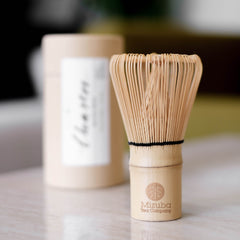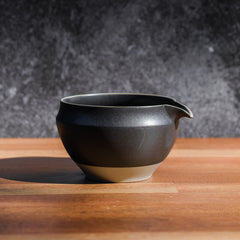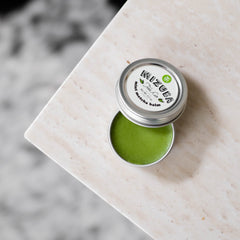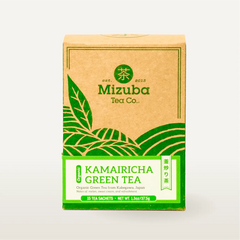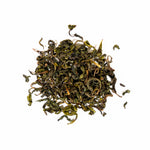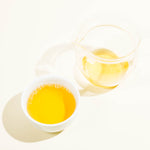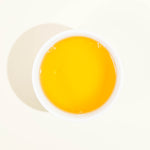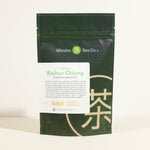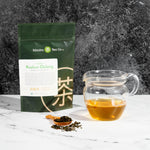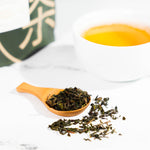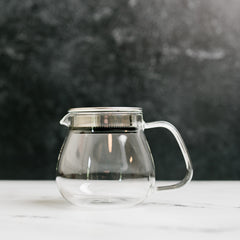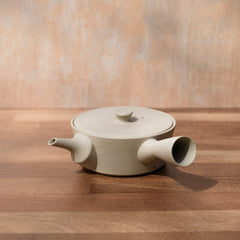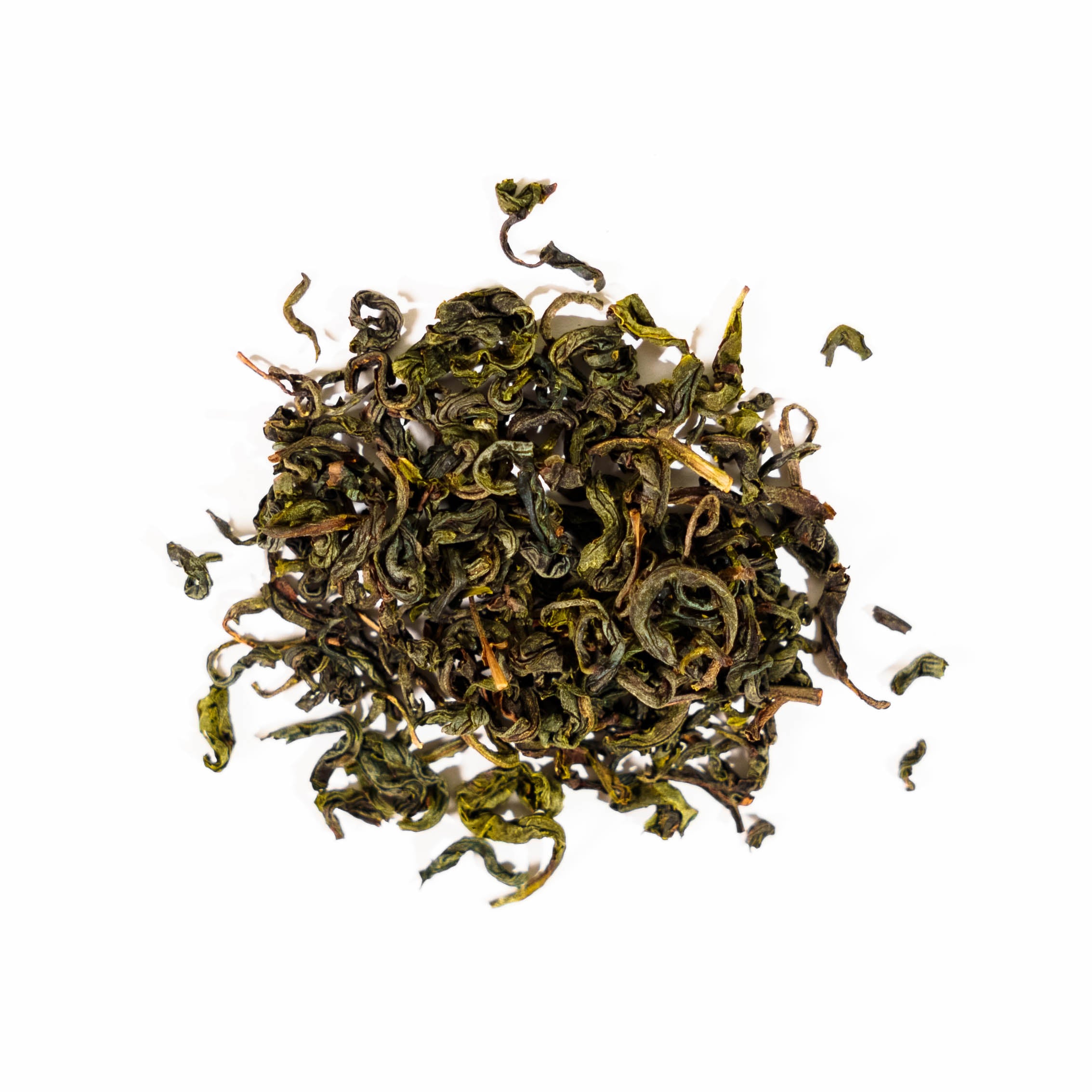
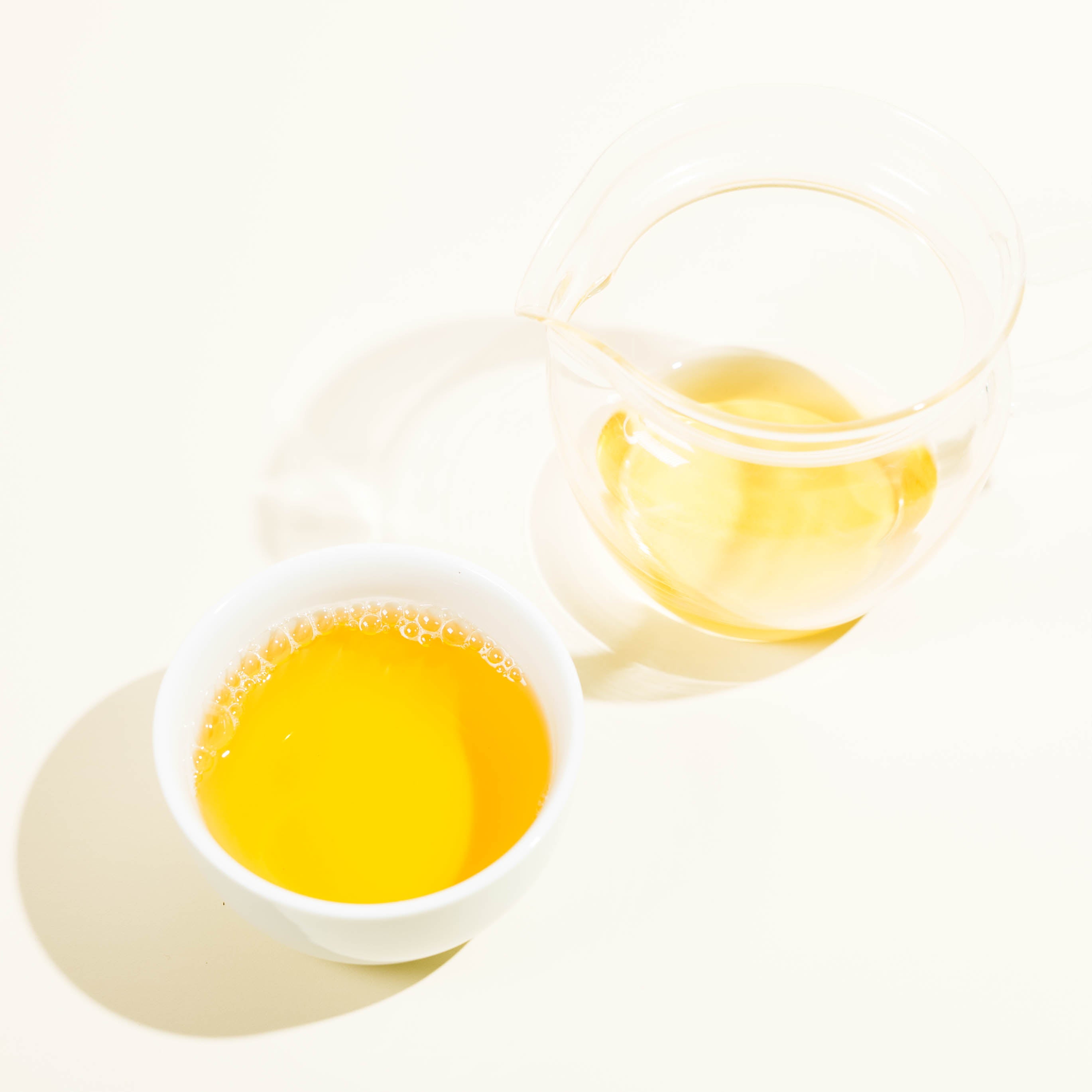

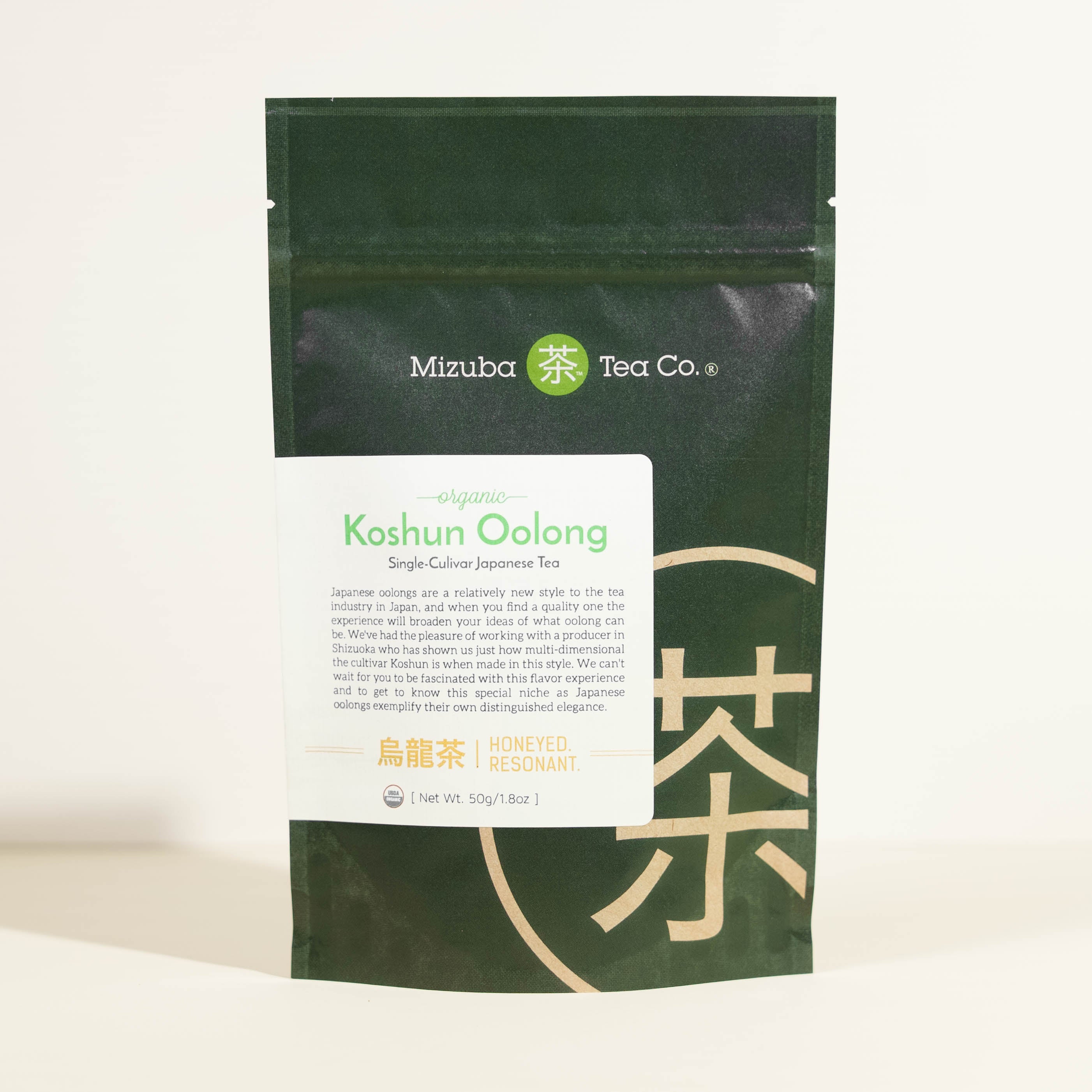
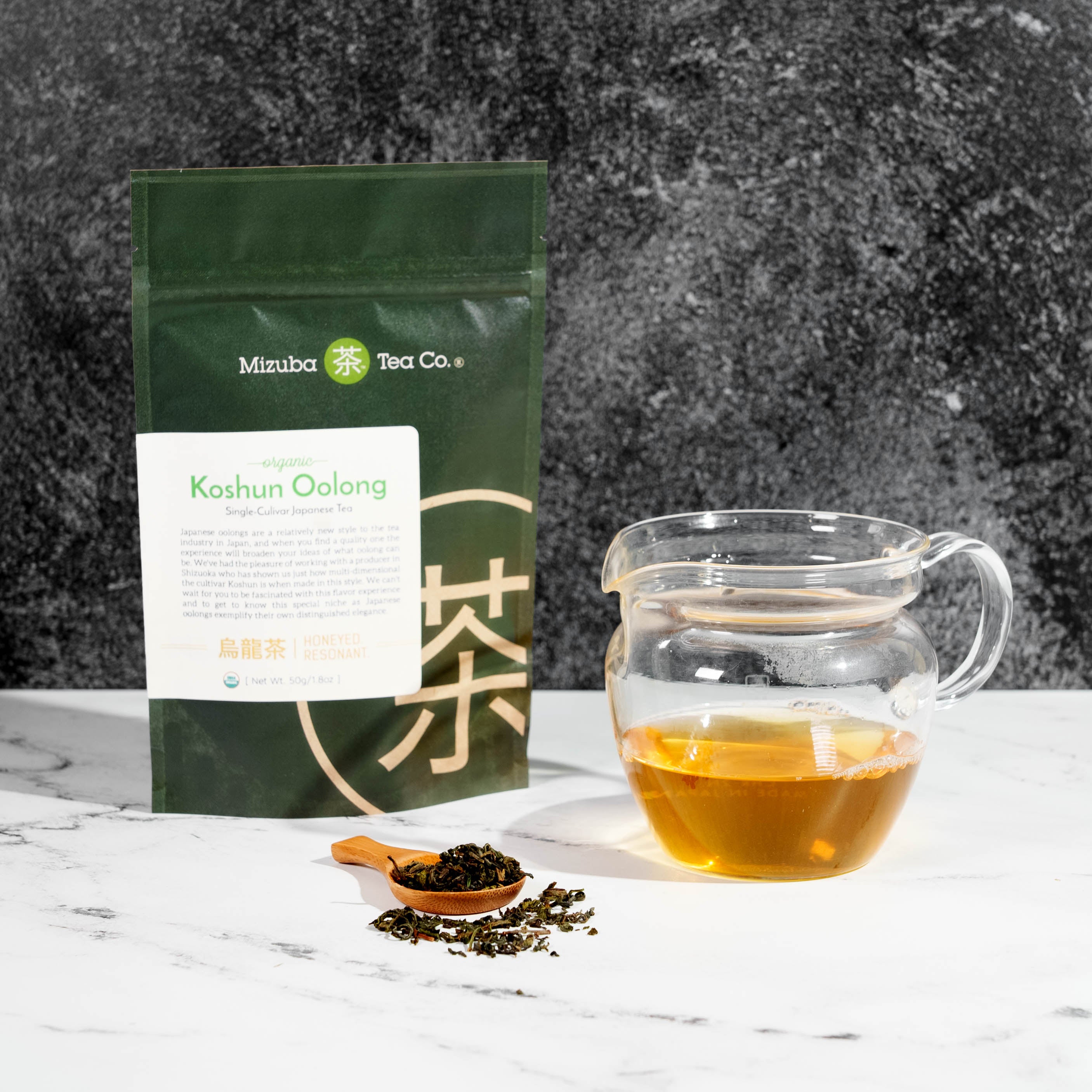
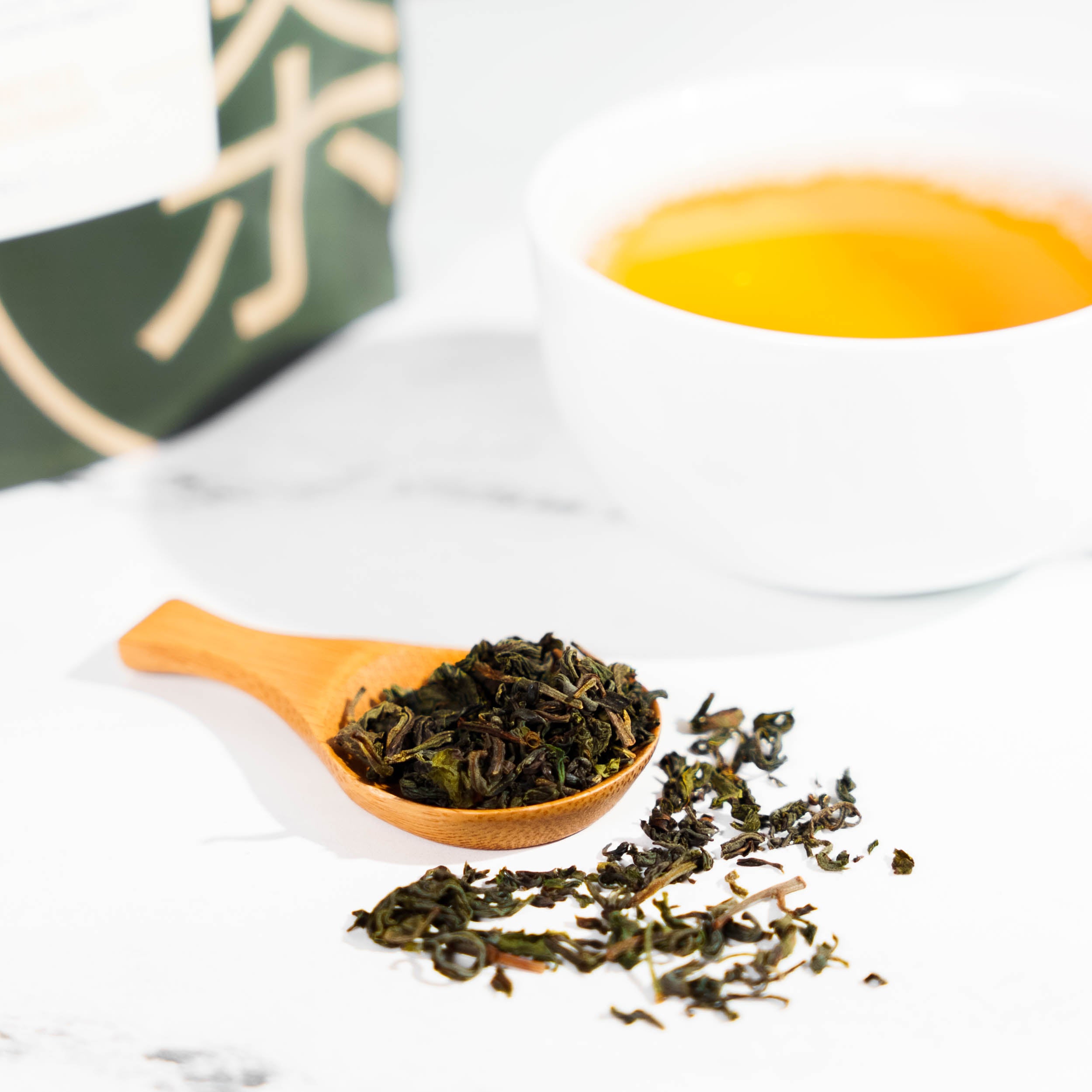
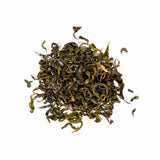
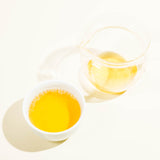

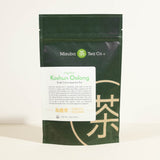
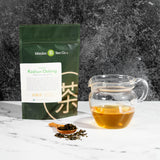
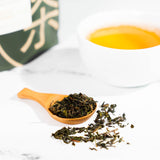
Organic Koshun Japanese Oolong
- Description
- Tasting Notes
You may be familiar with the storied oolongs from Taiwan or China – but did you know you can also find Japanese oolong tea? Oolong is a relatively new style to Japan's tea industry, and when you find a quality one the experience will broaden your ideas of what oolong can be. We've had the pleasure of working with a producer in Shizuoka who has shown us just how multi-dimensional the cultivar Koshun is when made in this style. We can't wait for you to be fascinated with this flavor experience and to get to know this special niche as Japanese oolongs exemplify their own distinguished elegance.
Aroma: muscatel, sweet hay, wet stone, honey, peach.
Flavor profile: before you take a sip, be sure to appreciate this tea's absolutely beautiful golden liquor! When you take a sip, you'll enjoy a super-smooth, honeyed brew evocative of a light stone fruit, perhaps apricot or plum. Medium body with a medium finish.
Store in a cool, dark location. Best consumed within 3 months.
Organic Koshun Japanese Oolong
Brew Guide

150ml

5g

175ºF

2 minutes. Resteep 3-4 times.
Our producer notes:
This oolong is, "a moving tea that you will never forget once you drink it."
Tea Details:
Location: 300-500 meters above sea level in Shizuoka
Harvest season: second harvest. Our oolong benefits from a nifty plant-hopper bug that only appears when the weather gets warmer. You might think a bug would automatically be considered a detrimental pest, but these special leafhopper bugs can help the tea leaves develop flavor! The leafhoppers bite tea leaves, and in response, the tea plant produces a defense mechanism and flavor develops from chemicals that Camellia sinensis releases in response, contributing to the oolongs honeyed flavor.
Cultivar: Koshun 香駿 (also seen written as Koushun or Kôshun) was registered in 2000 and is a crossbreed between Kurasawa and Kanaya-midori cultivars developed by Shizuoka's research center. In the field, Koshun grows very uniform buds, has a hardy resistance to cold, and is harvested mid-season. The cultivar is known for its strong, rich, herbaceous aromas and pleasant, fruity flavor with lots of umami. Because of its popularity, you can find it as a sencha, black tea, or as a special oolong like we have here.
Process: no pesticides or chemical fertilizers were used in the making of this tea. The leaves are carefully grown in a cool, insect-resistant tea plantation in the mountains in the Sunagawa district. The tea leaves are harvested, then withered in the sun, then withered further indoors. Then the leaves are then heated to stop the enzymes that further oxidation (called kill-green in processing). The leaves are rolled, dried, and subjected to a secondary track dryer step instead of the rolling machine (like you would have for sencha).
- Related products
- Recently viewed
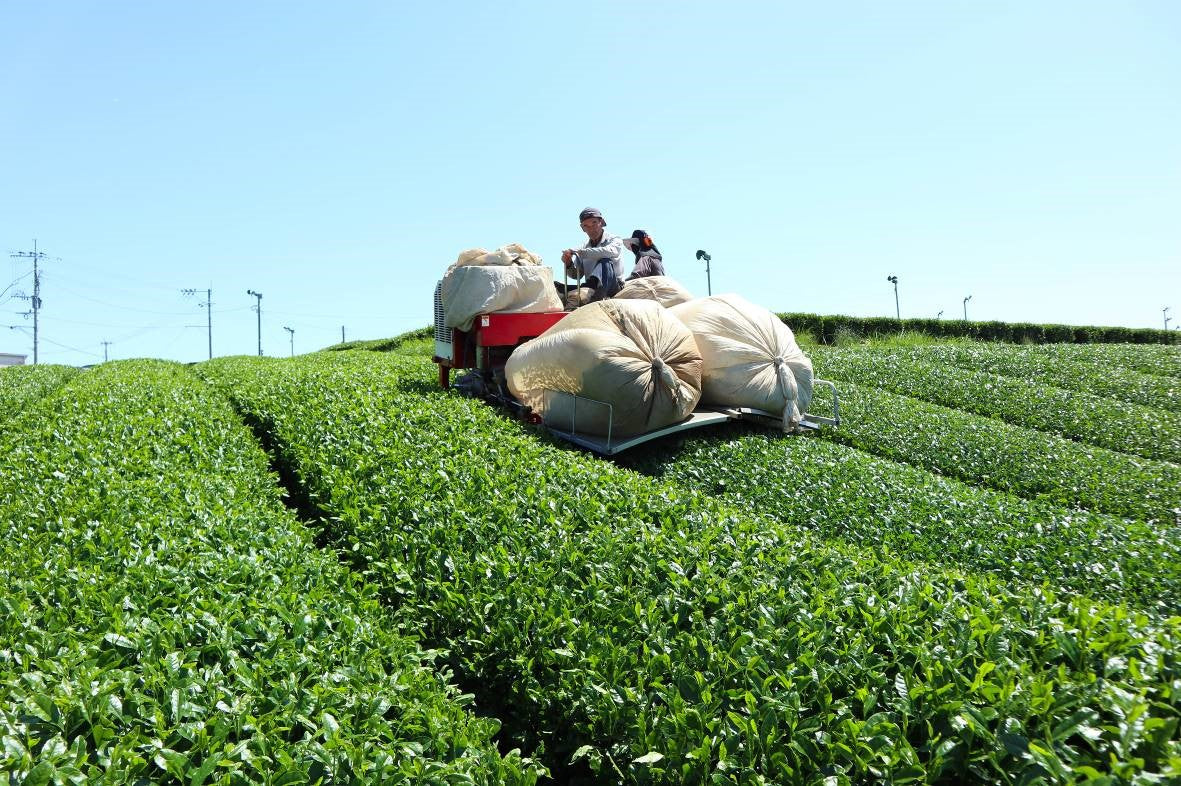
Featured post
A Guide to Harvesting Tea Leaves: An Essential Process in Japanese Green Tea
As with all processes in crafting Japanese green tea, harvesting tea leaves is an intricate skill that takes years to master. Much of the year is dedicated to the elaborate...


